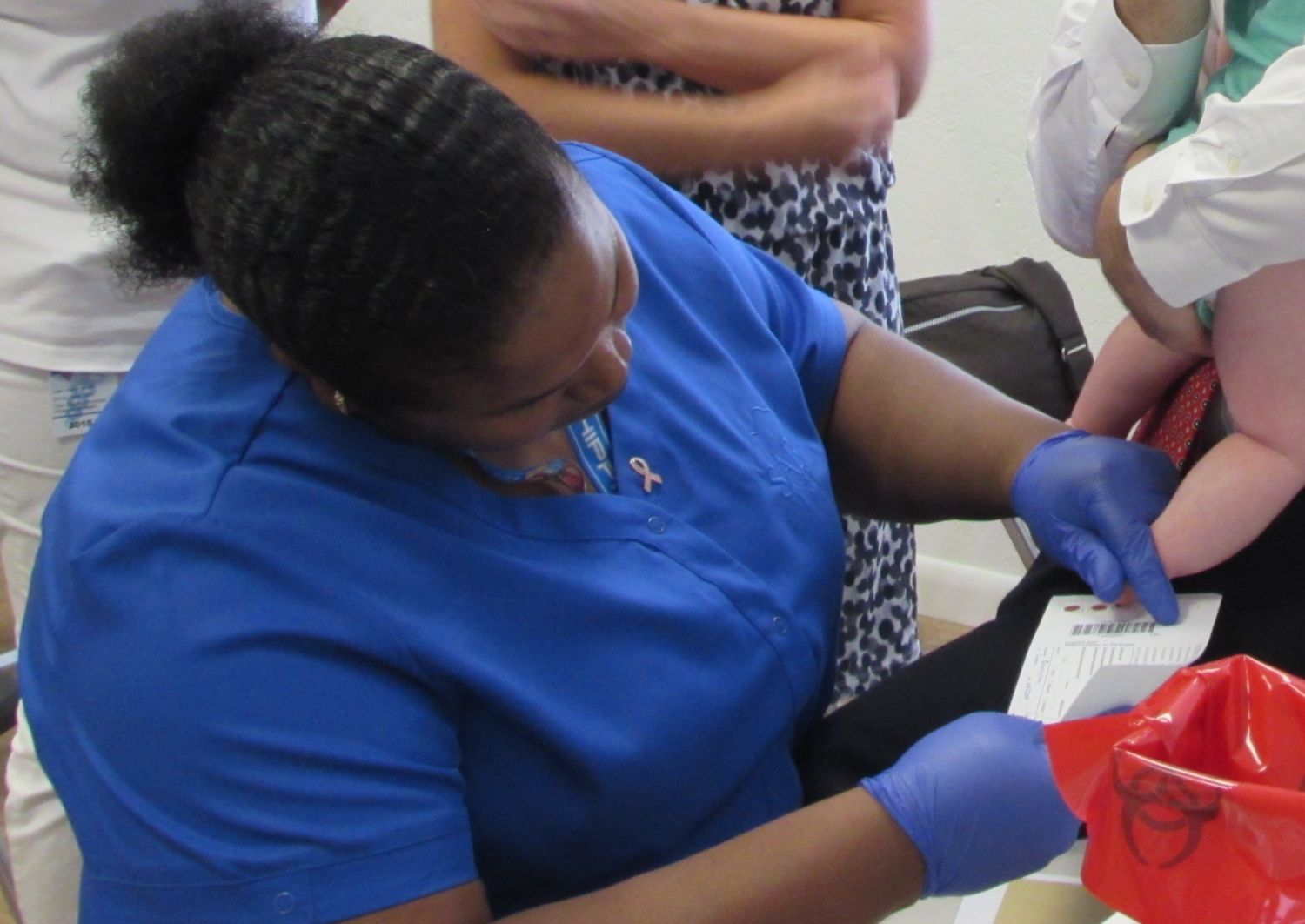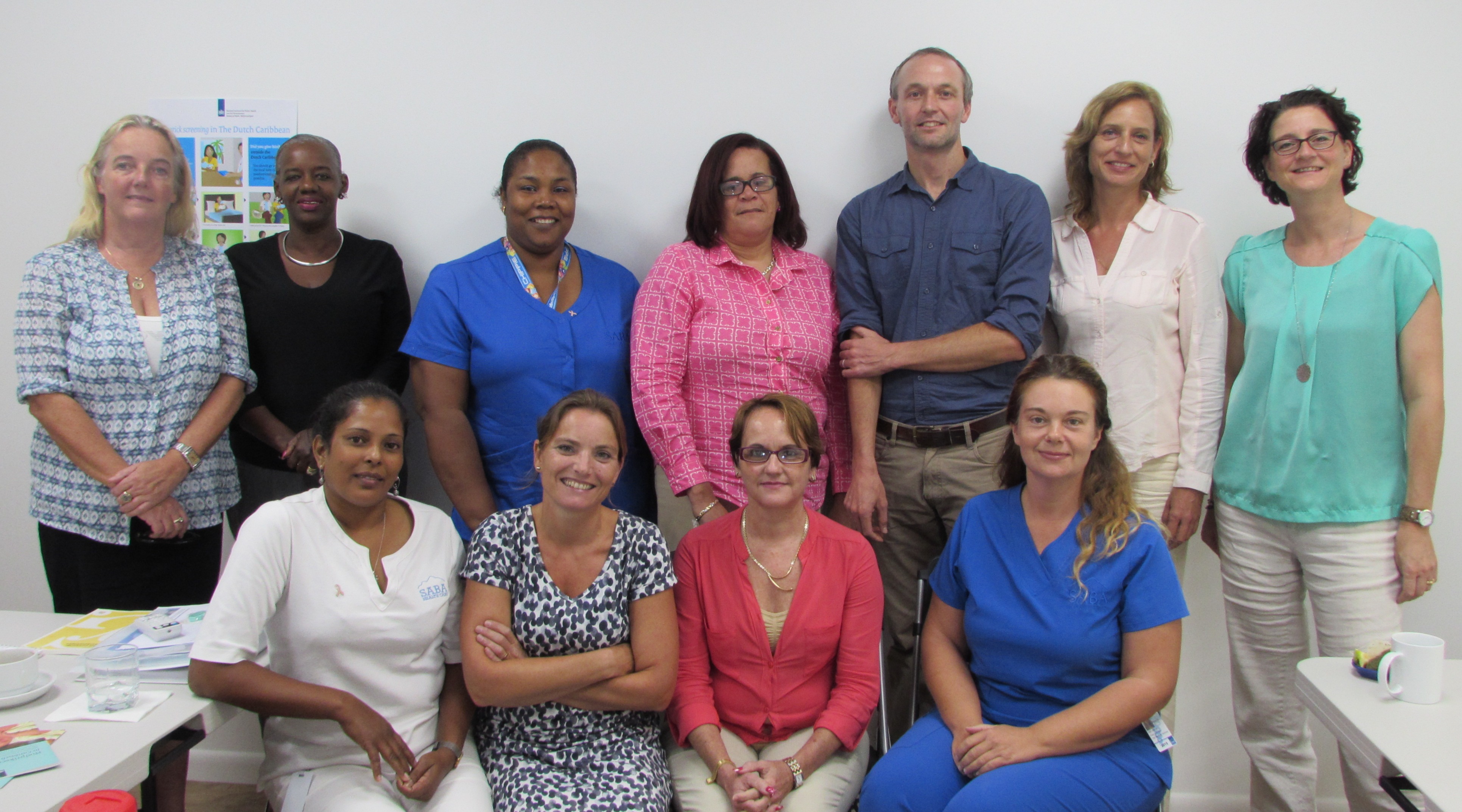Introduction of the heel prick in the Dutch Caribbean

In 2010, the islands of Bonaire, Saint Eustatius and Saba (the Dutch Caribbean) became special Dutch municipalities. One of the projects to reinforce health care is the introduction of the neonatal heel prick. Following a preparation period of two years, on 1 January 2015, the official kick-off took place on Bonaire, and the introduction on Saint Eustatius and Saba followed in October 2015. The successful implementation of the heel prick was effected by an intensive collaboration between RIVM and local partners (the Municipal Public Health Services, the hospital, the civil affairs department, the governing body and health insurers). The RIVM Centre for Population Screening coordinated the implementation by order of the Ministry of Health, Welfare and Sports.
Extensive preparation
In the Netherlands, each child gets a heel prick a few days after birth. This way, it can be established whether a child has a serious disorder, so it can be treated as soon as possible after birth. In the Netherlands, after more than 40 years following its introduction, the heel prick screening has evolved into a proper and smoothly running process.
Various issues had to be dealt with before the implementation of the heel prick in the Dutch Caribbean could start. Health care is dealt with differently on the islands compared to the Netherlands, and the assignment of tasks and responsibilities for the heel prick screening was discussed with local professionals, the Municipal Public Health Services and the hospital. Agreements were made with the health care insurance office and laws and regulations were adapted in order to anchor the claim for heel prick screening and any diagnostics and treatment. This required the necessary consultations, most of which took place through the monthly conference calls and through working visits if required.
In addition, various practical issues had to be dealt with, such as the obtaining of a reliable digital birth notification through a secure environment. The screening laboratory of RIVM analyses the blood of the heel pricks taken in the screening laboratory. This was a tense part logistically because it is important for heel prick cards to arrive at the laboratory within a certain period of time. Meanwhile, the cards can be received within 7 days.
Successful implementation
In the initial year of heel prick screening, 166 children were screened on Bonaire. The midwife on Bonaire visits the parents at home to take the heel prick. One child was diagnosed with sickle-cell disease, and three children were diagnosed as carriers of sickle-cell disease. On Saint Eustatius and Saba, in 2015 the heel prick was carried out for 31 children. One carrier of sickle cell was found.
